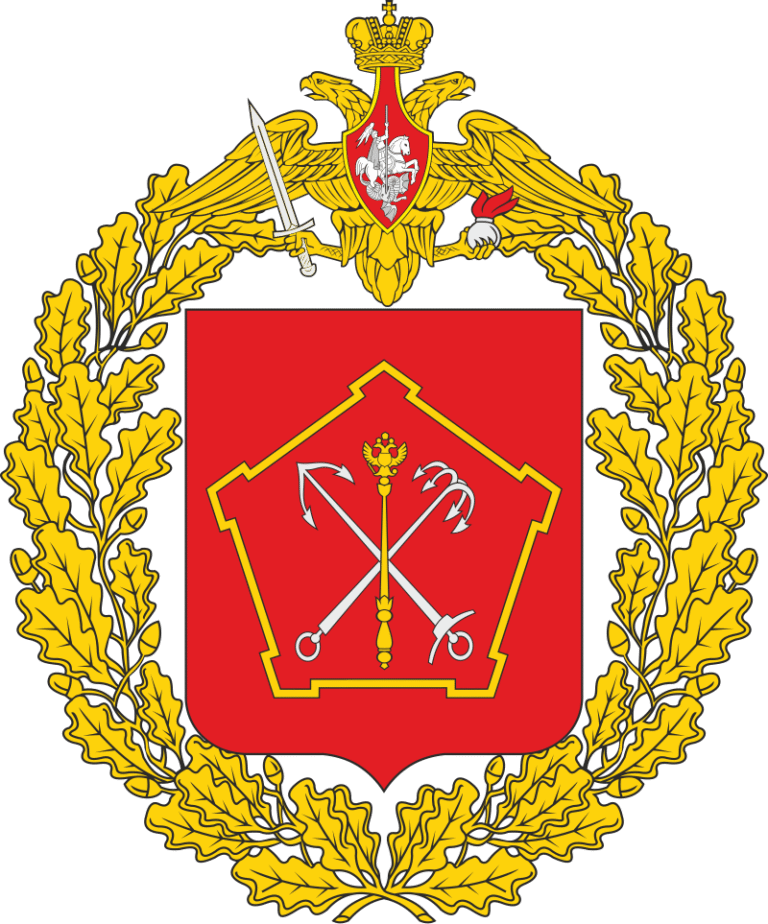Western military forces represent some of the most advanced and influential armed powers in the world today. Generally referring to the armed forces of countries in North America and Western Europe, the Western military is often associated with NATO member states and their close allies. These militaries are known for their technological superiority, professional training, and their role in maintaining global security and stability. The United States stands as the leading force within this group, boasting the largest military budget and the most sophisticated weaponry.
Western military forces are distinguished by their use of cutting-edge technology, ranging from precision-guided bombs and stealth aircraft to advanced naval fleets and cyber defense systems. This technological edge allows them to carry out rapid and precise operations, often in coalition with allies. Most Western militaries rely on professional soldiers and voluntary service, ensuring well-trained and disciplined forces capable of undertaking complex missions around the globe.
At the heart of the Western military alliance system is NATO, formed in 1949 as a collective defense pact. NATO unites the military capabilities of its member states, creating interoperability and a unified response to threats. Member countries, including the United States, United Kingdom, France, Germany, Italy, and Canada, coordinate their defense strategies and participate in joint training exercises to maintain readiness. This alliance has played a critical role in deterring aggression from rival powers and supporting peacekeeping and counterterrorism missions worldwide.
The United States military leads the Western forces with its vast branches, including the Army, Navy, Air Force, Marine Corps, and the recently established Space Force. It possesses a wide range of capabilities, from nuclear deterrence to cyber warfare and space defense. European nations also contribute significant military strength. The United Kingdom and France maintain robust armed forces with nuclear arsenals and expeditionary capabilities. Germany, Italy, Spain, and others play important roles in both regional and global security efforts.
Western militaries have been heavily involved in recent global conflicts. They have conducted prolonged campaigns in the Middle East, including Iraq, Afghanistan, and Syria, aiming to combat terrorism and stabilize fragile states. In Eastern Europe, NATO’s presence has increased in response to Russian military actions, underscoring the Western commitment to protecting its members and regional allies. Additionally, Western forces have expanded their strategic focus to the Indo-Pacific region to counterbalance rising powers and ensure freedom of navigation in international waters.
Despite their strengths, Western militaries face several challenges. The high costs of maintaining advanced forces often draw criticism, especially when public funds might be needed for social programs. Military interventions have sometimes led to long and costly conflicts with complex outcomes. Within NATO, disagreements about burden-sharing and defense spending create tensions among member states. Ethical issues surrounding drone warfare and civilian casualties also provoke debate about the use of force and military tactics.
Western military forces contrast sharply with the militaries of rival states such as Russia, China, and Iran. While Western doctrine emphasizes coalition-building, multilateralism, and precision operations, rival powers often pursue asymmetric warfare, cyberattacks, and aggressive territorial expansion. These differences contribute to ongoing global tensions and competition for influence in various regions.
In recent years, Western militaries have increasingly focused on cyber defense and space capabilities as emerging frontiers of warfare. Protecting critical infrastructure from cyberattacks and maintaining satellite operations are seen as vital for national security. Coordination among NATO allies on these new domains continues to evolve, ensuring that Western military forces remain adaptive and prepared for future conflicts.
Overall, the Western military remains a dominant force shaping international security. Its combination of advanced technology, professional personnel, and alliance cooperation gives it significant advantages. At the same time, the challenges it faces require continuous adaptation and careful management to maintain stability in an ever-changing world.







